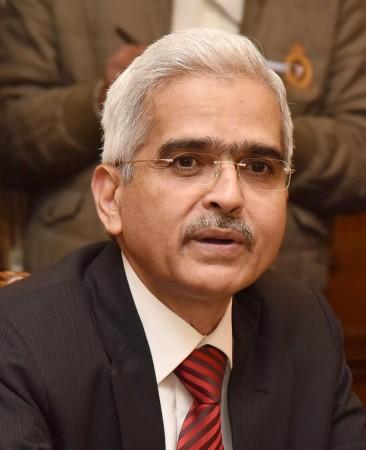
India's foreign exchange reserves have reached a historic high of $675 billion as of August 2, 2024, according to the Reserve Bank of India (RBI) Governor Shaktikanta Das. This milestone underscores the resilience of India's external sector, with key indicators continuing to show improvement. The RBI Governor expressed confidence in meeting India's external financing requirements comfortably. This confidence is underpinned by the moderation of India's current account deficit (CAD) to 0.7 per cent of GDP in 2023-24, down from 2.0 per cent of GDP in 2022-23. This improvement is attributed to a lower trade deficit and robust services and remittances receipts.
However, the first quarter of 2024-25 saw a widening of the merchandise trade deficit as imports grew faster than exports. Despite this, the RBI chief expects the CAD to remain manageable during the current financial year, thanks to the buoyancy in services exports and strong remittance receipts. On the external financing front, there has been a positive shift in foreign portfolio investors' behavior in the domestic market. After witnessing outflows of $4.2 billion in April and May, they turned net buyers from June 2024, with net inflows of $9.7 billion recorded during June-August.
Foreign direct investment (FDI) flows have also picked up in 2024-25. Gross FDI rose by more than 20 per cent during April-May 2024, while net FDI flows doubled during this period compared to the corresponding period of the previous year. The RBI's compiled figures show a sharp rise in FDI flows to $15.2 billion in April-May 2024-25, up from $12.3 billion during the same period a year ago. Net FDI flows increased twofold to $7.1 billion in April-May 2024-25 from $3.4 billion a year ago due to lower repatriation. External commercial borrowings moderated during April-June 2024-25, while non-resident deposits recorded higher net inflows during April-May compared to the previous year.

In other economic developments, the Purchasing Managers' Index (PMI) for manufacturing stood at a strong 58.1 in July 2024, while the Services PMI was recorded at 60.3. The Index of Industrial Production (IIP) showed accelerated growth in May 2024, maintaining an elevated level indicative of continued growth.
The RBI Governor's statement comes against the backdrop of a global economic environment marked by supply chain disruptions due to geopolitical conflicts, cautious investor sentiment leading to a decline in foreign direct investment flows, and challenges faced by manufacturing sectors due to high input costs and fluctuating demand. Despite these challenges, India's merchandise exports saw growth, supported by resilient services trade despite global trade slowdowns. India's stock market capitalization to GDP ratio ranked fifth globally, supported by robust regulatory frameworks and digital infrastructure.
The historic high in India's forex reserves, coupled with the moderation in the current account deficit and the positive shift in foreign portfolio investors' behavior, underscores the resilience of the Indian economy. The RBI's proactive measures and the government's reform agenda have played a crucial role in this achievement. However, the need for continued vigilance and proactive monitoring of the financial sector, particularly in areas such as home equity and top-up loans, cannot be overstated. This historic milestone in India's forex reserves is a testament to the strength and resilience of the Indian economy, and a positive sign for future economic stability and growth.

















